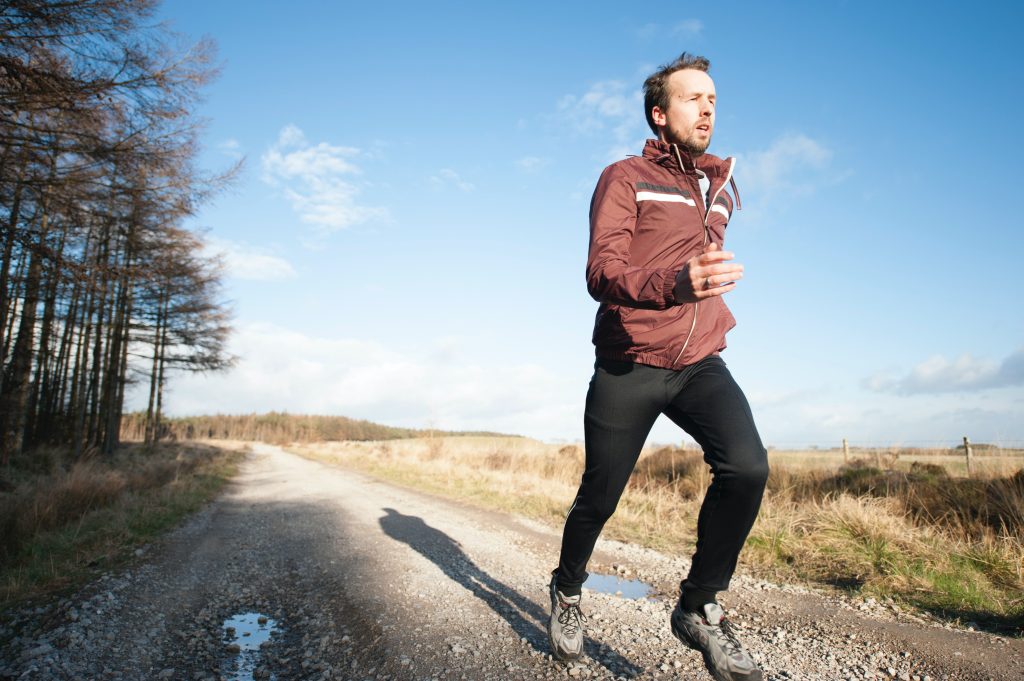The Best Clothes To Wear When Running In Cold Weather
The key to running in the cold weather is dressing in layers, wearing moisture-wicking materials, and keeping your face and extremities covered.

Running is one of the best ways to keep your cardiovascular system strong and healthy and can even serve as a great way to release stress and anxiety. And running outside is of the best ways to get the most out of each and every workout. However, when it gets cold running outside can become really uncomfortable, unless you know how to dress for the weather when temperatures start dropping.
For most, when temperatures hit the 50s, it starts feeling a little nippier. This is especially true when first transitioning from 80 to 90-degree summer days to the brisker weather that comes with fall. Or if you happen to live in a place where it’s warm all the time, then a 50-degree day might feel really frigid! However, when you go for a run, your body will warm up quickly, thus to run in 50-degree weather you don’t need as many layers as you think.
Dr. Kelechi Okoroha, a specialist in sports medicine at the Mayo Clinic, told NPR that when one starts running in 50-degree weather it will very quickly feel about 20 degrees warmer outside to that person. Hence, when running in 50-degree weather, it’s best to dress in light layers and wear materials that wick sweat away- especially the layers that are in contact with your skin. Dr. Okoroha recommends wearing a pair of shorts for breathability, and a sweat-wicking t-shirt with a long sleeve shirt over it to start the run so that you can remove the top shirt when you inevitably start heating up.
When temperatures drop into the 30s that’s when runners should start dressing warmer and keeping layers on in order to stay comfortable throughout the run. In 30-degree weather it’s best to focus on keeping your extremities warm because these are the areas of the body that are most vulnerable to the cold (and the colder it gets, the more vulnerable they become). In 30-degree weather, make sure you are covering your ears with a hat or headband, wear gloves, and thick socks, and you’ll likely need to double up with two shirt layers (moisture-wicking, course) as well as a fleece vest or jacket.
Below-freezing temps are when things start getting really serious. Although it’s possible to succumb to hypothermia and frostbite in slightly warmer temperatures, your chances increase the colder it gets. In addition to the layers and extremity-warmers you should wear in 30-degree weather, in below-freezing temps you’ll want to make sure you cover your face and neck.
Additionally, the colder it gets outside, the more likely you are to encounter ice and snow during your run. For this reason, water-proof running shoes capable of keeping a grip on slippery surfaces are ideal.
Lastly, running in the cold weather isn’t for everyone. If you feel like it’s too cold outside to enjoy your run and have access to a treadmill, it’s okay to opt for that instead. Supplementing with other exercises that you enjoy instead of running is also a great alternative. The takeaway here is, to be kind to yourself and run in the way that works for you, but if you run outside in the cold make sure that you dress for it!











